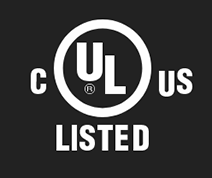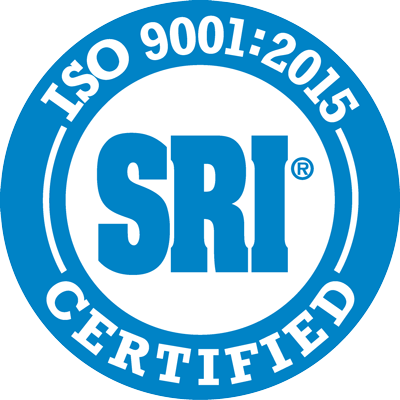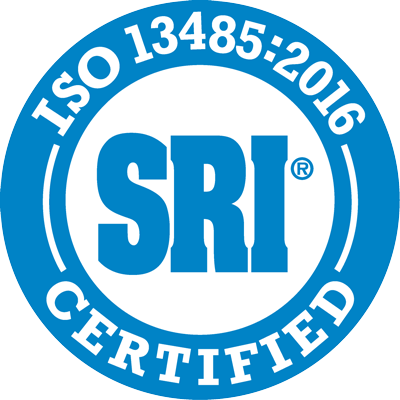The Financial Cost Of Food Spoilage And How Modified Atmosphere Packaging Prevents It
Food spoilage leads to waste and prevents food from reaching people who need it. Spoilage places stress on the global food supply chain, leads to lost money for food retailers, and can be damaging to the environment because food spoilage contributes to the release of greenhouse gasses.
Modified Atmosphere Packaging (MAP) with nitrogen can extend the shelf life of perishable goods and relieve pressures on the global food supply chain. MAP can allow food to be preserved long enough to be delivered to people in desperate need of food and plays an important role in food distribution worldwide.
In this way, MAP has helped revolutionize the food industry and has made inroads into the problem of hunger and food insecurity worldwide.
Understanding Food Spoilage
When food is exposed to oxygen, it goes through oxidation. Microbes and bacteria thriving in oxygen-rich environments break down food and cause it to deteriorate, leading to changes in taste and smell. Eventually, this leads to spoilage.
Wasted food is a problem in all economies, but it is especially a problem in developing economies, where inadequate means of storage and preservation of food leads to 30 to 40% more food spoilage.
The Basics of Modified Atmosphere Packaging
Modified atmosphere packaging works by sealing food in a controlled atmosphere of nitrogen to slow the oxidation process. Using MAP, food lasts longer and spoils more slowly. A variety of foods can benefit from MAP, most notably dairy, meats, fruits, vegetables, and baked goods.
To use MAP to package food, the food is placed in a bag which is then flushed with nitrogen. The nitrogen displaces the oxygen in the bag so that there is little or no oxygen around the food. Nitrogen is the most common gas used for MAP packaging.
There are several different ways to flush a bag with nitrogen. Some companies use nitrogen cylinders, although these nitrogen sources are not always the most practical option. Many companies that use food packaging use nitrogen generators instead because they produce an ongoing, steady supply of nitrogen without requiring a regular subscription or contract with a nitrogen cylinder supplier.
The nitrogen generator separates nitrogen from the air around the generator and expels oxygen and other gases. Once the bag is flushed with nitrogen, it’s sealed with the food and nitrogen inside.
Economic Benefits of MAP
MAP reduces food spoilage and waste, thus leading to financial savings for producers, retailers, and even consumers who might otherwise be forced to throw out their food before it is eaten. Because of MAP, food can be kept longer until it’s ready to be consumed. MAP also makes it possible to distribute food more widely around the world, because food is more capable of making the journey in the time it takes to reach distant places.
Using MAP reduces the amount of wasted food that produces greenhouse gases, which can have a positive effect on the environment and efforts to help protect and preserve the environment. Food waste can also lead to deforestation to make way for more farmland because wasted food means more food must be produced to feed people. The more food can be preserved and saved, the less food must be produced to meet the needs of the human population.
Using modified atmosphere packaging, foods like lettuce can last 14 days in the refrigerator and fresh pasta can last up to 60 days. One study found that for every $1 a company invested in reducing food waste, $14 was saved.
Consumer Benefits and Market Trends
MAP with nitrogen does more than stop food from spoiling. It helps maintain food quality and safety while extending food shelf life and enhancing customer satisfaction. Trends today show that consumers value fresher, longer-lasting food products with fewer preservatives. MAP helps retailers meet these demands because foods require fewer or no preservatives when packaged using MAP.
In addition, MAP allows retailers to sell to a wider distribution channel, because foods packaged using MAP can travel farther and to a wider range of markets without risking food spoilage. This means retailers can sell more products to a wider range of people.
Use Modified Atmosphere Packaging to Enable Wide Distribution of Your Food Product
MAP helps reduce the financial and environmental costs of food spoilage, and helps food retailers build stronger, bigger, more profitable businesses. Food producers and retailers can use MAP to extend food shelf life and reduce food waste.
To make this possible, your business will need a source of nitrogen. On Site Gas Systems produces long-lasting nitrogen generators for businesses in the food industry. Contact us today to learn more about our nitrogen generation systems.





